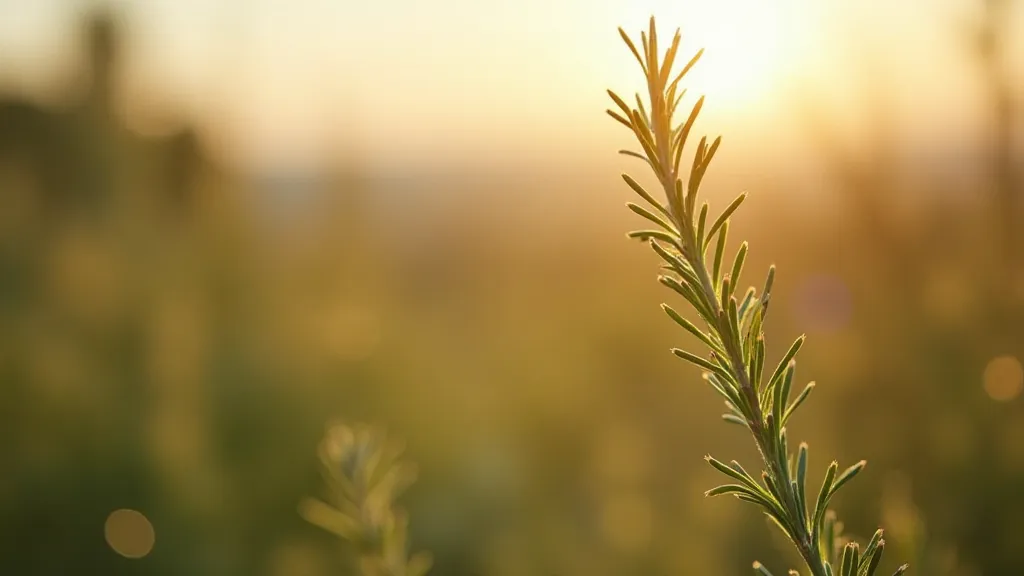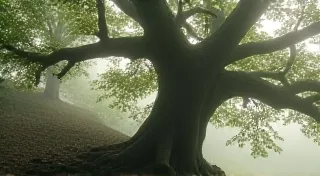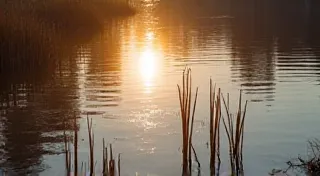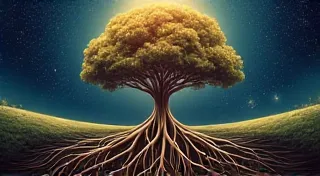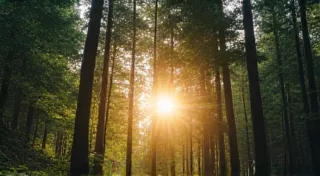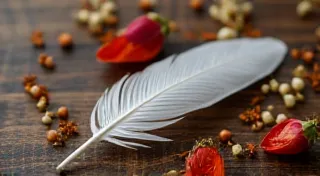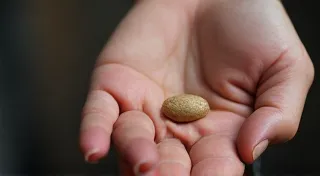Symphony of Scents: Aromatics and the Regional Sensory Experience
There's a resonance to the scent of a place, isn’s there? It's more than just the sum of its floral or earthy components; it's a memory, a feeling, an ancestral echo held within the air. Think of the sharp, clean smell of pine and damp earth clinging to a Baltic forest, or the heady sweetness of jasmine and orange blossom drifting from a Sicilian courtyard. These aren’t just perfumes; they’re chapters in a regional narrative, and inextricably linked to the herbal remedies used within that landscape.
My grandfather, a meticulous clockmaker, always said that the value of an antique wasn’t solely in its functionality, but in its *voice*. An accordion, he's explain, isn’t just an instrument; it’s a bellows whispering tales of village dances, of joyous gatherings, of hardship endured and overcome. Each reed, carefully tuned and placed, contributes to a unique sonic fingerprint, a regional dialect expressed through music. I find a surprising parallel to herbalism – the aroma profiles of herbs, so subtly shaped by regional terroir, profoundly impact their perceived efficacy and the therapeutic experience.
The Land's Hand: Terroir and Herb Chemistry
We often think of "terroir" in the context of wine, but the concept applies equally to herbs. Soil composition, climate, altitude, exposure to sunlight – all these factors influence the chemical constituents within a plant. The same species of herb grown in the volcanic soil of Iceland will possess a different chemical signature than one cultivated in the alluvial plains of the Nile Delta. This isn't merely a matter of potency; it's a difference in the *nature* of the remedy.
Consider rosemary (Salvia rosmarinus), a herb prized throughout the Mediterranean. Rosemary grown on the rocky slopes of Crete, baked by the relentless sun, tends to have a more pungent, almost peppery aroma. This is often attributed to higher concentrations of rosmarinic acid, a potent antioxidant and anti-inflammatory compound. In contrast, rosemary cultivated in the more humid, shaded regions of southern France might exhibit a gentler, more floral scent, with a subtly different balance of volatile oils. Traditional healers in Crete, for centuries, have favored the "stronger" Cretan rosemary for conditions requiring a more assertive action, while those in Provence might incorporate it into blends intended for calming and relaxation. The subtle variations we observe aren't isolated incidents; they underscore a broader truth about the natural world - that the potency and even the perceived effects of plants can be profoundly influenced by their environment. It's a concept beautifully explored in articles detailing chromatic flora, where color itself dictates healing potency.
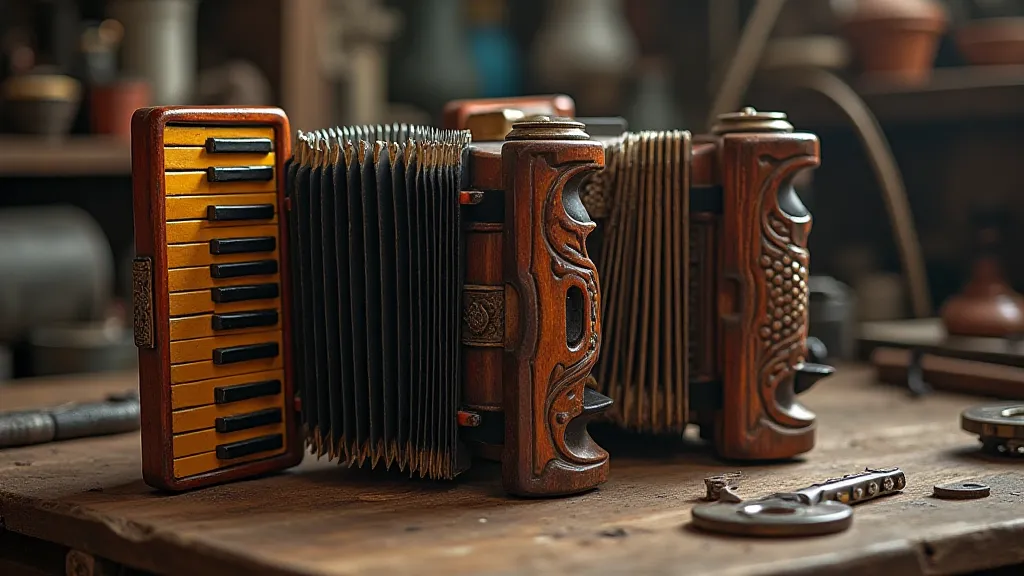
Beyond the Scent: The Sensory Experience and Tradition
The perceived efficacy of an herbal remedy isn’t solely dictated by its chemical composition; it’s inextricably linked to the sensory experience. Smell, as we know, is directly linked to the limbic system, the part of the brain responsible for emotions and memory. The aroma of an herb triggers a cascade of associations, connecting us to our ancestors, to the landscape, to centuries of accumulated wisdom.
Imagine a traditional healer in the Peruvian Andes, using *muña* (Muña heudelotii), an alpine herb with a distinctive, camphorous aroma. The scent itself evokes the harsh, windswept peaks where it grows, reminding the patient of resilience and the enduring power of nature. That association, that feeling of connection, is as vital to the healing process as any biochemical effect.
My grandfather, when restoring antique accordions, was always careful to preserve the original patina. He's explain that the marks, the wear, the faint aroma of old wood and beeswax – these weren’t imperfections; they were part of the instrument's story. A freshly polished accordion, devoid of its history, felt… empty. Similarly, when we understand and respect the regional nuances of herbal remedies, we unlock a deeper level of therapeutic potential.
The natural world operates in cycles, and many plants reveal their true power only when considered within the context of their seasonal rhythms. Just as the restoration of an antique accordion reveals the stories etched into its every detail, so too does a holistic approach to herbalism reveal the interconnectedness of plant, landscape, and human experience.
The idea that a plant’s healing power isn’t just about what’s *in* it, but also about the story it carries and the environment it springs from, resonates deeply with the practices of traditional healers. They understand that water itself can be a conduit for healing energy, as detailed in accounts of the river's gift of aquatic herbs and healing waters.
My grandfather often spoke of the fleeting beauty of certain antique bellows, made from materials that were exceptionally rare and that disappeared over time. The difficulty in finding replacements only amplified the value of the original instruments, as if their scarcity was a testament to their unique nature.
The Balkan Breeze: Menta and Mountain Air
Consider mint (genus Mentha). While various mint species grow worldwide, the mint of the Balkan region possesses a particularly intense, almost bracing aroma. This is due, in part, to the high altitude and thin soil of the mountains where it thrives, which encourages the production of menthol and other volatile compounds. Traditional Balkan healers often incorporate this “mountain mint” into remedies for respiratory ailments and digestive upset, appreciating its powerful cleansing properties.
Compare that to the gentler, sweeter aroma of Japanese mint (Mentha japonica), which grows abundantly in the humid valleys of Honshu. Japanese mint is often used in teas and confectionery, prized for its soothing and refreshing qualities. The difference in aroma, and perceived action, highlights the profound impact of regional variation.
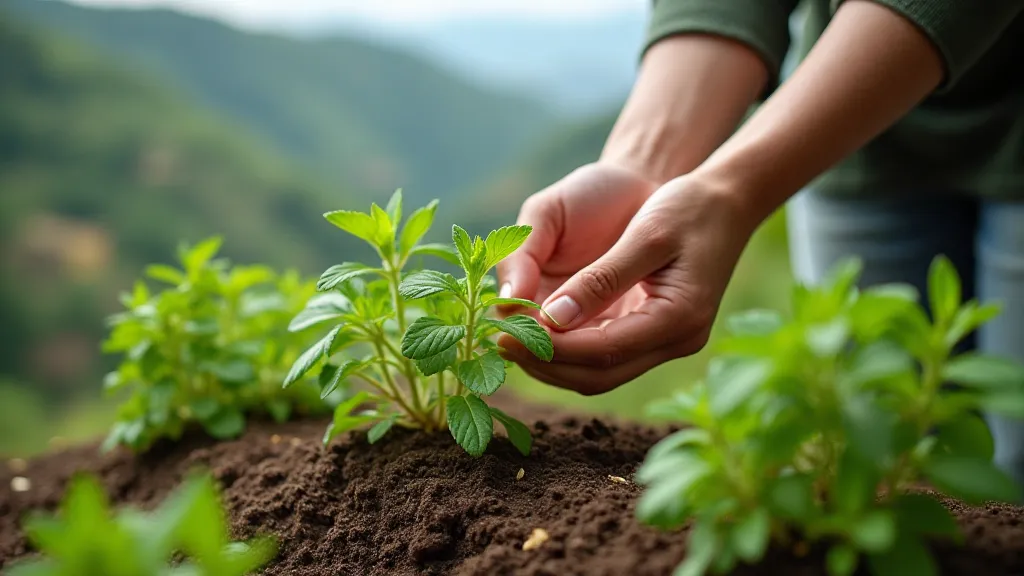
Collecting Wisdom: Preserving Regional Traditions
There’s a quiet beauty in collecting antique accordions – not just the instruments themselves, but the stories they hold. Similarly, preserving the knowledge of regional herbal remedies requires more than just cataloging plant species; it necessitates understanding the cultural context, the traditional practices, the accumulated wisdom passed down through generations.
Many older accordion makers were incredibly resourceful, often incorporating locally sourced materials into their instruments. Finding these subtle variations – a distinctive type of wood, a particular style of bellows construction – adds another layer of appreciation to the collecting experience. Similarly, documenting the specific uses of regional herbs, the traditional methods of preparation, the stories associated with their use – this is a vital contribution to the preservation of cultural heritage.
Sadly, much of this knowledge is at risk of being lost. Globalization, industrial agriculture, and the standardization of medicine are all contributing to the erosion of regional traditions. We must actively seek out and support the healers, the farmers, the artisans who are keeping these practices alive.
A Lingering Resonance
The scent of a place is a powerful thing. It’s a connection to the past, a reminder of our roots, a source of healing and inspiration. The symphony of scents emanating from regional herbs speaks volumes about the land, the people, and the traditions that have shaped them. By embracing the nuances of these regional variations, we can deepen our understanding of herbalism, honor the wisdom of our ancestors, and cultivate a more profound connection to the natural world. Just as the voice of an antique accordion, though weathered by time, holds a resonant beauty, so too do the regional herbal remedies hold a wisdom that deserves to be cherished and preserved.
The restoration of antique instruments isn’t just about mechanical repair; it’s about understanding the interplay of materials, the resonance of the instrument, and the stories it holds. Similarly, a deep understanding of herbalism requires an appreciation for the delicate balance of nature, the subtle variations between regions, and the profound wisdom of traditional healers. The beauty of these ancient practices lies not just in their effectiveness, but also in their ability to connect us to something larger than ourselves.
